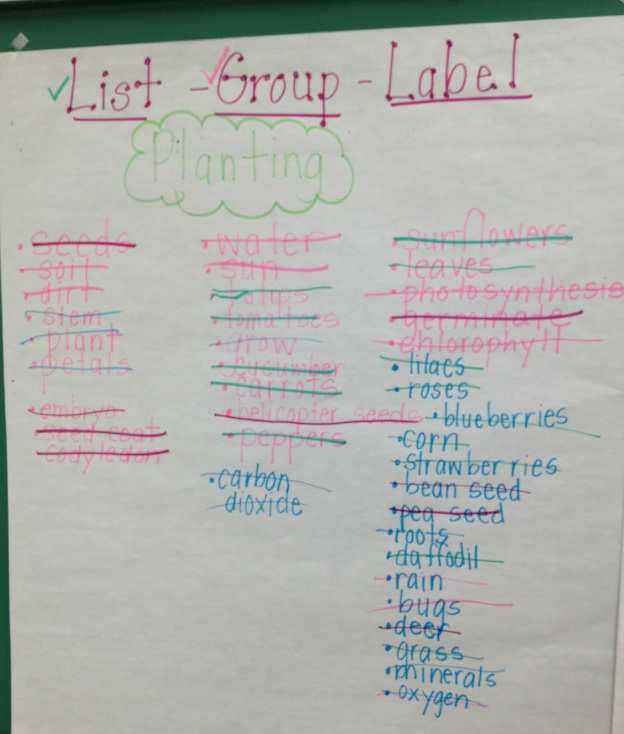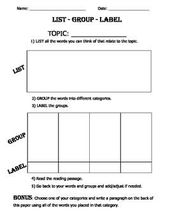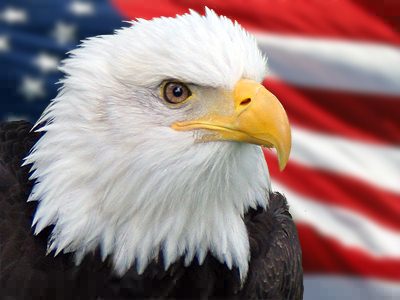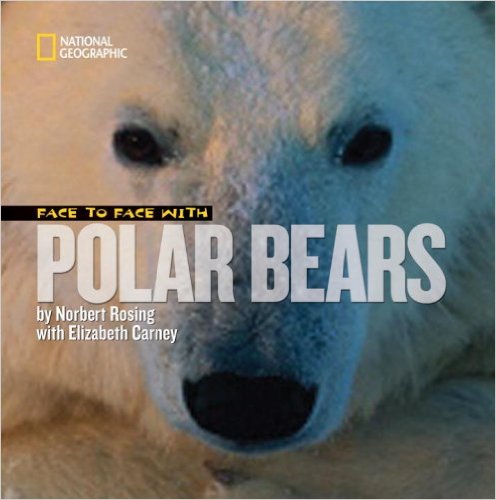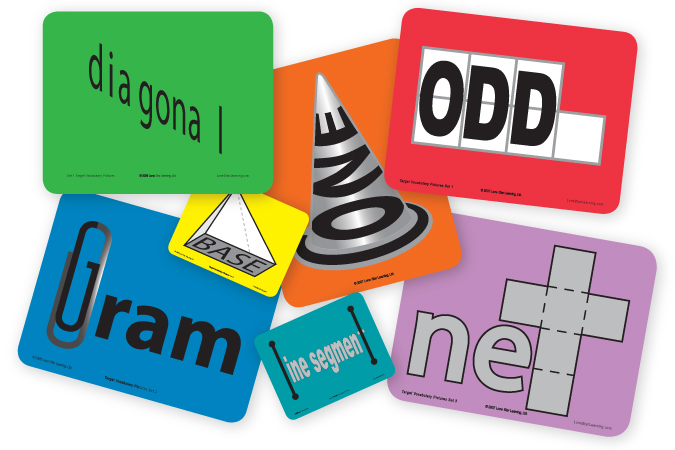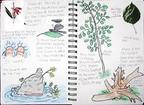List - Group - Label
|
This photo is an example of a list group label done by the whole classroom. An example anchor chart is a great reference for student's to refer to when working in small groups.
|
What is it?This strategy helps students organize concepts and improves their vocabulary and categorization skills. List-Group-Label is a strategy that students use to sort or list words, then take the time and group the words into appropriate categories, and finally label those categories. This strategy is normally done before reading and could be done individually, small group, or as a whole class (Reading Rockets, 2015, paragraph 1).
How does it support EL Learners?This strategy supports ELL's in the classroom by allowing them to collaborate with classmates and work on understanding meanings of content vocabulary. Through social constructivism students are engaging in higher level thinking when it comes to comprehending the vocabulary of the lesson or unit. Talking it out with peers helps ELL students because it gives them another explanation so they can create a meaning that makes sense to them. (Reading Rockets, 2015, paragraph 6)
|
Why use List-Group-Label?
|
|
Step by Step: An example of how to use List-Group-Label
- "Select a main concept in a reading selection.
- List: Have students brainstorm all the words they think relate to the topic. Remember to visually display student responses and do not critique them. Some words may not reflect the main concept, but hopefully students will realize this as they begin grouping the words in the next step.
- Group: Divide your class into small groups. Each group will work to cluster the class list of words into subcategories. As groups of words emerge, challenge your students to explain their reasoning for placing words together or discarding them.
- Label: Invite students to suggest a title or label for the groups of words they have formed. These labels should relate to their reasoning for the grouping"
- (Reading Rockets, 2015, paragraph 3)
List-Group-Label in the Classroom
This video shows what this strategy looks like within the classroom. It shows how students react and gives an insight to their depth of comprehension happening. List-group-label is a vocabulary and comprehension strategy that helps develop categorization skills, build background knowledge, activate critical thinking, and grow vocabulary.
This video shows the strategy in action without the teachers explanation. It shows the students discussing through the tough words that they don't know and helping one another through social constructivism.
List Group Label connected to content
List- Group- Label activities are not limited to just Reading classes. List- Group-Labels can be used in all types of courses, whether it be Reading, Writing, Mathematics, Science, Social, Music, Health, etc.
|
Social Studies -
Using the List-Group- Label strategy, the students will brainstorm all of the words that they can think of having to do with the word freedom. This allows students to think out of the box and come up with a variety of words. The students would then, in small groups, group the words into categories they see fit. The students would come up with labels for those groups and share with the class. |
Literacy -
Before reading Face to Face with Polar Bears by Norbert Rising and Elizabeth Carney, the students will, as a class, brainstorm all of the words that they believe go with the topic they are about to discuss. They then break into small groups and figure out the categories that they could fit in. The students then find a label that could categorize their words and share them with the class. |
Math -
Looking at all of the math vocabulary learned throughout the year, challenge the students to group and label the words. Some words may not fit in a specific group, but let the students decide which ones do not. This could be done multiple times per year to review vocabulary and work with students in understanding organizational concepts. |
Science -
Students could use their nature journals and find key words that they believe describe the thoughts written inside their journals. This would give a student who has trouble with vocabulary words the opportunity to participate in a list group label individually. The student would be checked in on momentarily throughout the time that the activity is taking place. |
References
Bearden, J. (2012). List-Group-Label. You Tube. Retrieved October 1, 2015, from https://www.youtube.com/watch?v=1E9Zc_ZF9z4
Image Links are accessed by clicking on the picture itself
List-Group-Label. (2011). Reading Rockets. You Tube. Retrieved September 28, 2015, from https://www.youtube.com/watch?v=K731qicwYcY
Reading Rockets. (2015). List-Group-Label. Retrieved September 28, 2015, from http://www.readingrockets.org/strategies/list_group_label
Image Links are accessed by clicking on the picture itself
List-Group-Label. (2011). Reading Rockets. You Tube. Retrieved September 28, 2015, from https://www.youtube.com/watch?v=K731qicwYcY
Reading Rockets. (2015). List-Group-Label. Retrieved September 28, 2015, from http://www.readingrockets.org/strategies/list_group_label
